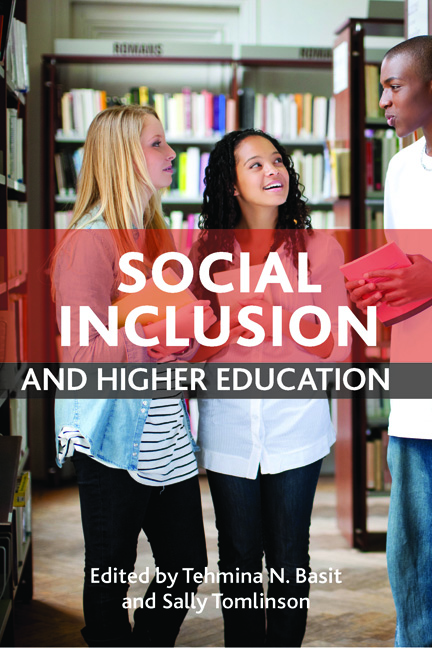eleven - Empowering non-traditional students in the UK: feedback and the hidden curriculum
Published online by Cambridge University Press: 01 September 2022
Summary
Introduction
This chapter considers the importance of feedback to students in higher education (HE). It discusses the notion of the hidden curriculum as a context for critiquing how feedback to students can work in a complex and unstable UK HE sector. The chapter then looks at an intervention to help (particularly first-generation) students develop their understandings of feedback and work towards supporting their confidence, self-esteem and academic development.
Written feedback to students is often a private ‘exchange’ constructed by lecturers working their way through hundreds of scripts as quickly as possible. There is evidence of a growing and significant degree of student dissatisfaction with feedback as a meaningful and supportive learning process in HE, to which I will return later. Because it is often assumed that feedback is a straightforward ‘common-sense’ transmission process, the complexity of feedback as a vital part of learning and teaching has been undermined by other institutional discourses. This is where the notion of the hidden curriculum becomes useful, and some historical context helps to develop the significance of the phrase to feedback discourses.
The hidden curriculum is a well-used but highly ambiguous phrase, subject to a range of uses and interpretations. Most writers agree that the term was first used in the context of compulsory schooling by Philip Jackson (1990 [1968]) who seems to have introduced the phrase in his important text, Life in Classrooms; although John Dewey's (1963 [1938]) notion of ‘collateral learning’ also came close to this idea. Jackson identifies three key characteristics of school life that are ‘not immediately visible’ but are as ‘important as those that are’ (Jackson, 1990 [1968], p 10). He chooses ‘crowds’, ‘praise’ and ‘power’ (Jackson, 1990 [1968], pp 10–11) and after analysing these as key aspects of the hidden curriculum he comments:
the crowds, the praise, and the power that combine to give a distinctive flavour to classroom life collectively form a hidden curriculum which each student (and teacher) must master if he is to make his way satisfactorily through the school. The demands created by these features of classroom life may be contrasted with the ‘academic’ demands – the official curriculum so to speak – to which educators traditionally have paid the most attention. (pp 33–4)
- Type
- Chapter
- Information
- Social Inclusion and Higher Education , pp. 237 - 254Publisher: Bristol University PressPrint publication year: 2012

